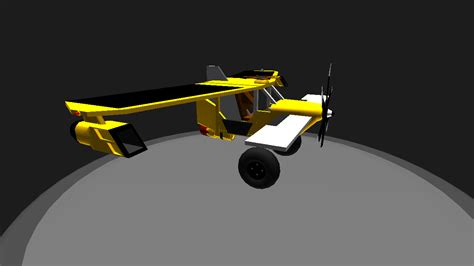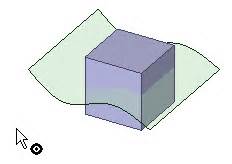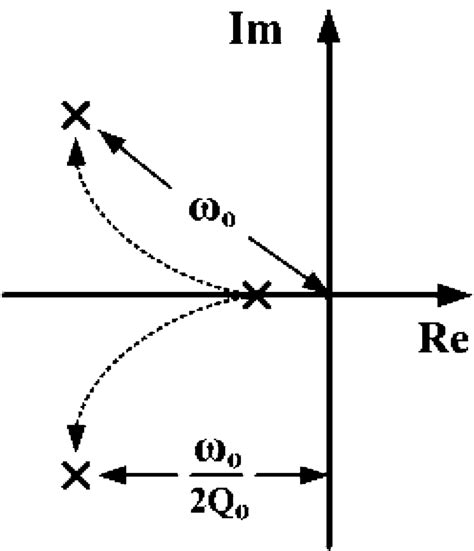What is Plane-Splitting?
Plane-splitting, also known as aircraft partitioning, is the process of dividing an aircraft into smaller sections to optimize space utilization and passenger comfort. This concept has gained popularity in recent years as airlines strive to maximize their revenue while providing a better travel experience for their customers.
How Does Plane-Splitting Work?
The process of plane-splitting involves the following steps:
- Identifying the aircraft type and its current configuration
- Analyzing the potential for space optimization
- Designing a new layout that maximizes seating capacity and passenger comfort
- Implementing the changes through aircraft modification
Benefits of Plane-Splitting
Plane-splitting offers several advantages for both airlines and passengers:
- Increased revenue: By adding more seats, airlines can generate higher revenue per flight.
- Improved passenger comfort: With optimized space utilization, passengers can enjoy more legroom and better amenities.
- Reduced environmental impact: Fitting more passengers on a single flight reduces the overall carbon footprint per passenger.
The Good: Successful Examples of Plane-Splitting
Emirates’ A380 Reconfiguration
Emirates, the largest operator of the Airbus A380, has successfully implemented plane-splitting in its fleet. By reconfiguring the upper deck of the A380, Emirates was able to add 40 more seats while maintaining its renowned passenger comfort.
| Configuration | Number of Seats |
|---|---|
| Original | 489 |
| New | 529 |
This reconfiguration allowed Emirates to increase its revenue potential without compromising the travel experience.
All Nippon Airways’ 787 Optimization
All Nippon Airways (ANA) has also benefited from plane-splitting by optimizing the seating configuration of its Boeing 787 Dreamliner. ANA’s 787s now feature a higher-density layout, which has resulted in increased capacity and revenue.
| Configuration | Number of Seats |
|---|---|
| Original | 158 |
| New | 169 |
Despite the increased seating capacity, ANA has managed to maintain a high level of passenger satisfaction through careful design and attention to detail.

The Bad: Challenges and Drawbacks of Plane-Splitting
Reduced Passenger Comfort
One of the main concerns associated with plane-splitting is the potential reduction in passenger comfort. As airlines try to fit more seats into the same space, passengers may experience less legroom, narrower seats, and reduced privacy.
Increased Boarding and Disembarkation Times
With more passengers on board, the time required for boarding and disembarkation may increase. This can lead to longer turnaround times and potential delays, affecting the overall efficiency of airline operations.
Higher Maintenance Costs
Plane-splitting often involves significant modifications to the aircraft’s interior, which can result in higher maintenance costs. Airlines must carefully consider the long-term financial implications of these changes before implementing them.

The Ugly: Worst-Case Scenarios and Controversies
American Airlines’ 737 MAX Debacle
In 2017, American Airlines faced backlash when it announced plans to reduce the seat pitch (legroom) on its new Boeing 737 MAX aircraft to just 29 inches in some rows. This decision was met with strong criticism from passengers and media outlets, forcing the airline to reconsider its stance.
Ryanair’s Standing Room Controversy
In 2010, Ryanair’s CEO Michael O’Leary proposed the idea of “standing room” on flights, where passengers would pay a lower fare to stand during the flight. This controversial concept was met with widespread opposition and was ultimately rejected by regulatory authorities due to safety concerns.

Frequently Asked Questions (FAQ)
-
Q: Is plane-splitting safe?
A: Yes, plane-splitting is safe when carried out in accordance with regulatory guidelines and with proper engineering oversight. All modifications must be approved by the relevant aviation authorities to ensure the aircraft’s structural integrity and safety. -
Q: Will plane-splitting lead to more expensive tickets?
A: Not necessarily. While the cost of modifying an aircraft for plane-splitting can be significant, the increased seating capacity can allow airlines to offer more competitive fares. -
Q: Can plane-splitting be reversed?
A: Yes, plane-splitting modifications can be reversed if an airline decides to revert to the original configuration. However, this process can be costly and time-consuming. -
Q: Will plane-splitting become more common in the future?
A: As airlines continue to seek ways to maximize revenue and efficiency, it is likely that plane-splitting will become more prevalent in the coming years. However, the adoption of this practice will depend on various factors, such as market demand, regulatory approval, and passenger acceptance. -
Q: How can passengers ensure their comfort on a plane-split aircraft?
A: Passengers can research the specific aircraft configuration before booking their flights to ensure they select a seat that meets their comfort requirements. Additionally, they can provide feedback to the airline regarding their experience, which can help shape future plane-splitting decisions.
Conclusion
Plane-splitting has emerged as a viable strategy for airlines to optimize their aircraft’s space utilization and increase revenue. While there are successful examples of plane-splitting, such as Emirates’ A380 reconfiguration and ANA’s 787 optimization, the practice also faces challenges and potential drawbacks, including reduced passenger comfort and increased boarding times.
As the aviation industry continues to evolve, it is crucial for airlines to strike a balance between economic efficiency and passenger satisfaction when considering plane-splitting. By carefully weighing the pros and cons and engaging in open dialogue with passengers, airlines can make informed decisions that benefit all stakeholders in the long run.

No responses yet